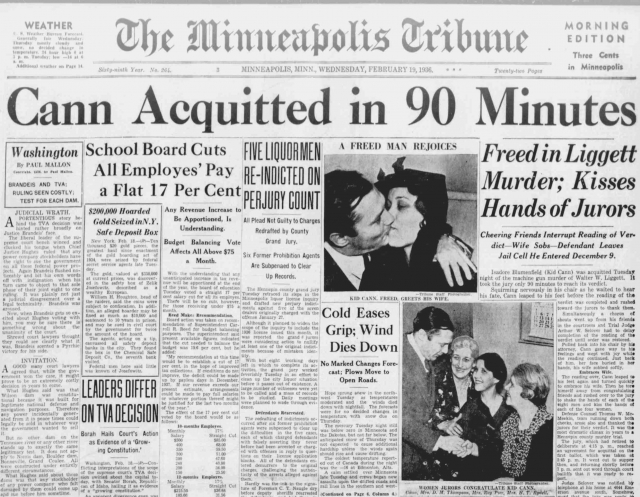The 7-Second Trick For News Articles
The 7-Second Trick For News Articles
Blog Article
Indicators on News Articles You Should Know
Table of ContentsAll about News ArticlesNot known Details About News Articles The Basic Principles Of News Articles The Basic Principles Of News Articles Some Known Facts About News Articles.
Excellent understanding of different topics gives trainees an one-upmanship over their peers. Although digital and social networks are conveniently easily accessible, we ought to not fail to remember how essential it is to review the papers. Parents have to attempt and inculcate the practice of reviewing a paper as a day-to-day regimen to proceed the heritage of the revered print medium.News tales likewise consist of at the very least one of the adhering to important features family member to the designated target market: closeness, importance, timeliness, human passion, peculiarity, or effect.
Within these limits, news stories likewise intend to be detailed. Amongst the larger and much more respected newspapers, justness and balance is a significant factor in providing information.
Papers with a worldwide audience, for instance, often tend to use a much more formal design of creating. News Articles.; typical design overviews consist of the and the United States Information Style Book.
News Articles Fundamentals Explained
As a rule, reporters will not utilize a long word when a short one will do. News authors try to stay clear of utilizing the exact same word a lot more than once in a paragraph (in some cases called an "resemble" or "word mirror").
Headings sometimes omit the topic (e.g., "Jumps From Boat, Catches in Wheel") or verb (e.g., "Pet cat lady fortunate"). A subhead (also subhed, sub-headline, subheading, caption, deck or dek) can be either a secondary title under the main heading, or the heading of a subsection of the post. It is a heading that precedes the major text, or a group of paragraphs of the major message.
of a post topic, source, or interviewee), it is referred to as a pulled quote or pull quote. Additional signboards of any of these kinds might appear later in the article (particularly on succeeding web pages) to lure more reading. Journalistic sites sometimes make use of animation strategies to exchange one signboard for one more (e.g.
The Definitive Guide to News Articles
Such signboards are also used as pointers to the write-up in other sections of the publication or site, or as ads for the piece in other magazine or websites. Press release of the Swiss government. Common structure with title, lead paragraph (summary in vibrant), various other paragraphs (information) and call info.
Example of a hard-lead paragraph NASA is suggesting an additional room project. The company's spending plan demand, revealed today, consisted of a plan to send another goal to the Moon. This time around the firm wishes to establish a long-term facility as a jumping-off point for other room journeys. The budget plan requests around $10 billion for the job.
An "off-lead" is the second most important front web page news of the day. he has a good point To "bury the lead" is to start the article with background info or information of second significance to the visitors, requiring them to review even more deeply into an article than they need to have to in order to discover the essential points.
A Biased View of News Articles
Typical usage is that one or two sentences each create their own paragraph. Journalists normally define the organization or framework of an information tale as an inverted pyramid. The essential and most intriguing elements of a tale are put at the beginning, with supporting information adhering to in order of decreasing relevance.
It enables individuals to discover a topic to only the deepness that their curiosity takes them, and without the imposition of information or nuances that they could consider pointless, but still making that details offered to a lot more interested viewers. The upside down pyramid structure additionally enables articles to be cut to any type of approximate length during design, to suit the room offered.
Some writers begin their tales with the "1-2-3 lead", yet there are many kinds of lead offered. This layout inevitably begins with a "5 Ws" opening up paragraph (as defined over), adhered to by an indirect quote that offers to sustain a major element of the initial paragraph, and afterwards a direct quote to sustain the indirect quote. [] A twist can describe numerous things: The last tale current program; a "pleased" story to finish the show.
Longer write-ups, such as magazine cover articles and the items that lead the within sections of a newspaper, are known as. Function stories differ from straight information in a number of means. Foremost is the lack of a straight-news lead, a lot of straight from the source the moment. As opposed to offering the essence of a tale up front, feature authors might try to tempt viewers in.
Get This Report about News Articles
The reporter usually information communications with meeting topics, making the piece a find more info lot more personal. An attribute's initial paragraphs often associate an appealing moment or event, as in an "anecdotal lead". From the particulars of a person or episode, its view quickly expands to abstract principles about the tale's topic. The area that signals what a function has to do with is called the or signboard.

The Editor's Tool kit: A Referral Overview for Beginners and Professionals (2001) Allan M. Siegal and William G. Connolly. The New York City Times Manual of Style and Usage: The Authorities Design Overview Utilized by the Writers and Editors of the Globe's Many Authoritative Paper (2002) M. L. Stein, Susan Paterno, and R.
Report this page